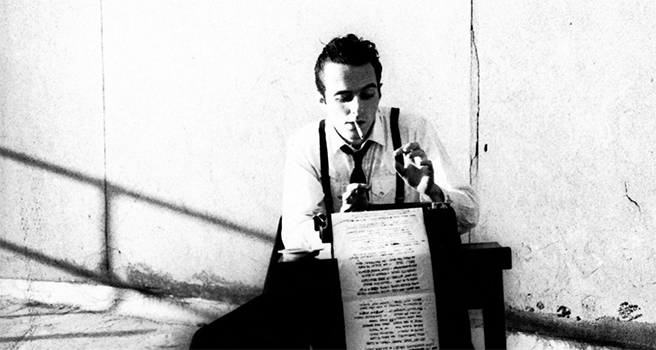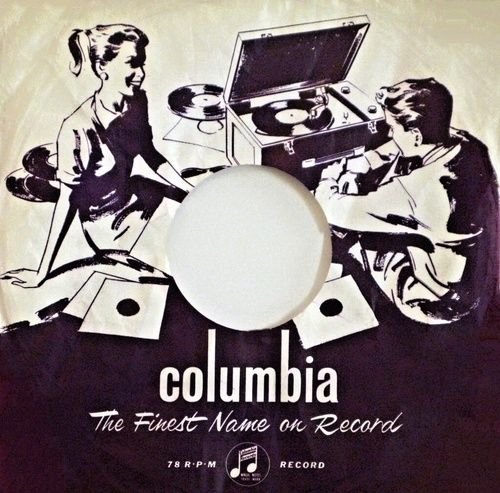Today we are taking a look at the classic single London Calling by the London based punk rock band the Clash. The song was the leading single for the album with the same name, which was released on 14 December 1979.
:format(jpeg):mode_rgb():quality(90)/discogs-images/R-373177-1216663209.jpeg.jpg)
Writting/Recording Process

The single was written by the songwritting duo of the band - Joe Strummer and Mick Jones, whom wrote the majority of the bands discography. The guitars were played by Strummer and Jones, while the bass and drums were played by Paul Simonon and Topper Headon respectively. The title of the song refrences the BBC World Service's station identification quote: "This is London calling ..." , which was used by the British throughout World War II in broadcasts to the occupied countries.
The song was recorded between August and September in 1979 at Wessex Studios, which was located in a former church in North London. The studio had already recorded with the Pretenders, the Sex Pistols and with the Tom Robinson band. The song was engineered by Bill Price and produced by Guy Stevens, whom was the producer of the album alongside guitarist Mick Jones.
The Lyrics

Most of the songs lyrics were written by Joe Strummer, whom had thoughts of the world events he wanted to express in a song, with an apocalyptic feel. He refrences the Three Mile Island accident, which was a meltown of a nuclear reactor in Pennsylvania, in the line "a nuclear error". Strummer stated: "We felt that we were struggling about to slip down a slope or something, grasping with our fingernails. And there was no one there to help us."
The lyrics also talk about the high dept the band was in 1979, and the constant arguing with the record label over the album that they were producing at the time. The line "Now don't look to us / Phoney Beatlemania has bitten the dust" references the end of the punk rock era in England, and what that meant for the bands future. Strummer also talks about police brutality in the line "We ain't got no swing / Except for the ring of that truncheon thing" and casual drug taking in the line "We ain't got no high / Except for that one with the yellowy eyes".
He also raises concern, that if the River Thames flooded, it would drown most of central London, in the line "London is drowning / And I live by the river”. Strummers message was heard, as the construction for the Thames Barrier started in 1974, which was created to block out the high tide of the river.
The fade out of the song features a Morse code which spells out SOS, that once again gives the song a sense of urgency, danger and emergency.
Release/Artwork

Upon release the song reached number 11 on the UK charts, and number 40 in Australia. A promotional video was later shot by Don Letts which features the band playing on a boat on the River Thames on a rainy night.
Later, the song became recognized as one of the bands best songs. It was later included in the 2004 Rolling Stone list of the 500 Greatest Songs of All Time, reaching number 15. It was also included in other lists such as VH1’s 100 Greatest Songs of the 80’s and The Rock and Roll Hall of Fame's 500 Songs that Shaped Rock and Roll.
Just like the artwork from the album that the single comes from, it is inspired by the old school Columbia vinyl records sleeves. Designer Ray Lowry made the artwork the same as the old sleeve by Columbia, but he replaced the blank vinyl sleeves on the floor to punk and rock and roll albums. The featured albums are: Please Please Me by the Beatles, The Rolling Stones debut album, Never Mind the Bollocks, Here’s the Sex Pistols, debut LP by Elvis Presley, Highway 61 Revisited by Bob Dylan and their own debut album.
Congratulations @blazek! You have completed the following achievement on the Steem blockchain and have been rewarded with new badge(s) :
Click here to view your Board
If you no longer want to receive notifications, reply to this comment with the word
STOPTo support your work, I also upvoted your post!
Do not miss the last post from @steemitboard: